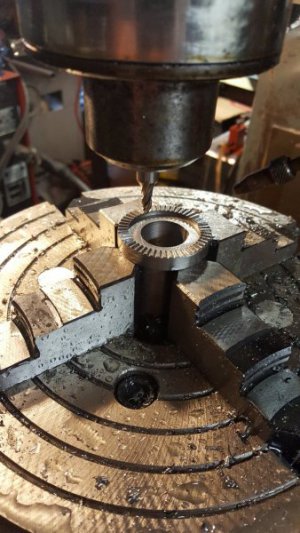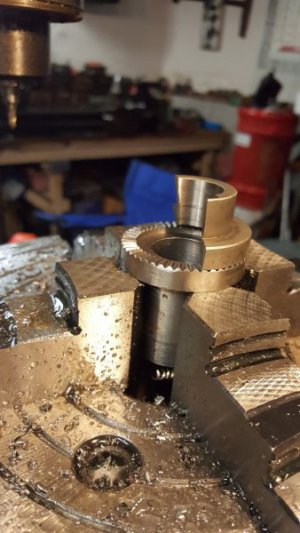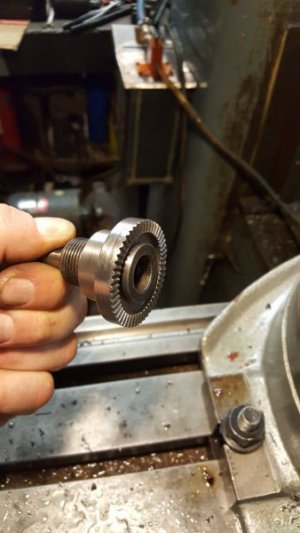- Joined
- Jun 22, 2016
- Messages
- 280
I'm, retired & relatively new to machining and would like to add the ability to make gears and other things requiring accurate indexing.
At this time I don't see any need for me to be able to tilt the work at other than the horizontal or vertical that the rotary table gives. A rotary table seems much easier to mount flat work to but I suspect that the "semi universal indexing head" can have the chuck removed and a plate added for flat work clamping.
At this point I'm inclined to buy the H/V rotary table with dividing plates & tail stock. Add a 6" 3 jaw or 8" 4 jaw chuck and be able to do most things that the "semi-universal indexing head" can do. What are the pros & cons??
My mill is a well used Jet 9x49 variable speed. Lathe is a 1440. While most things I make are relatively small I do some repairs and have in the past regretted not getting tools to do larger, heavier work. Which brings me to rotary table sizes. 6" or 8"?? The 8" RTs are fairly heavy, but the size I'm considering. I'll just move the vice down some and be able to mount the RT W/O needing to remove the vice. Maybe even let it ride along, as long as it doesn't interfere with other things.
At this time I don't see any need for me to be able to tilt the work at other than the horizontal or vertical that the rotary table gives. A rotary table seems much easier to mount flat work to but I suspect that the "semi universal indexing head" can have the chuck removed and a plate added for flat work clamping.
At this point I'm inclined to buy the H/V rotary table with dividing plates & tail stock. Add a 6" 3 jaw or 8" 4 jaw chuck and be able to do most things that the "semi-universal indexing head" can do. What are the pros & cons??
My mill is a well used Jet 9x49 variable speed. Lathe is a 1440. While most things I make are relatively small I do some repairs and have in the past regretted not getting tools to do larger, heavier work. Which brings me to rotary table sizes. 6" or 8"?? The 8" RTs are fairly heavy, but the size I'm considering. I'll just move the vice down some and be able to mount the RT W/O needing to remove the vice. Maybe even let it ride along, as long as it doesn't interfere with other things.




